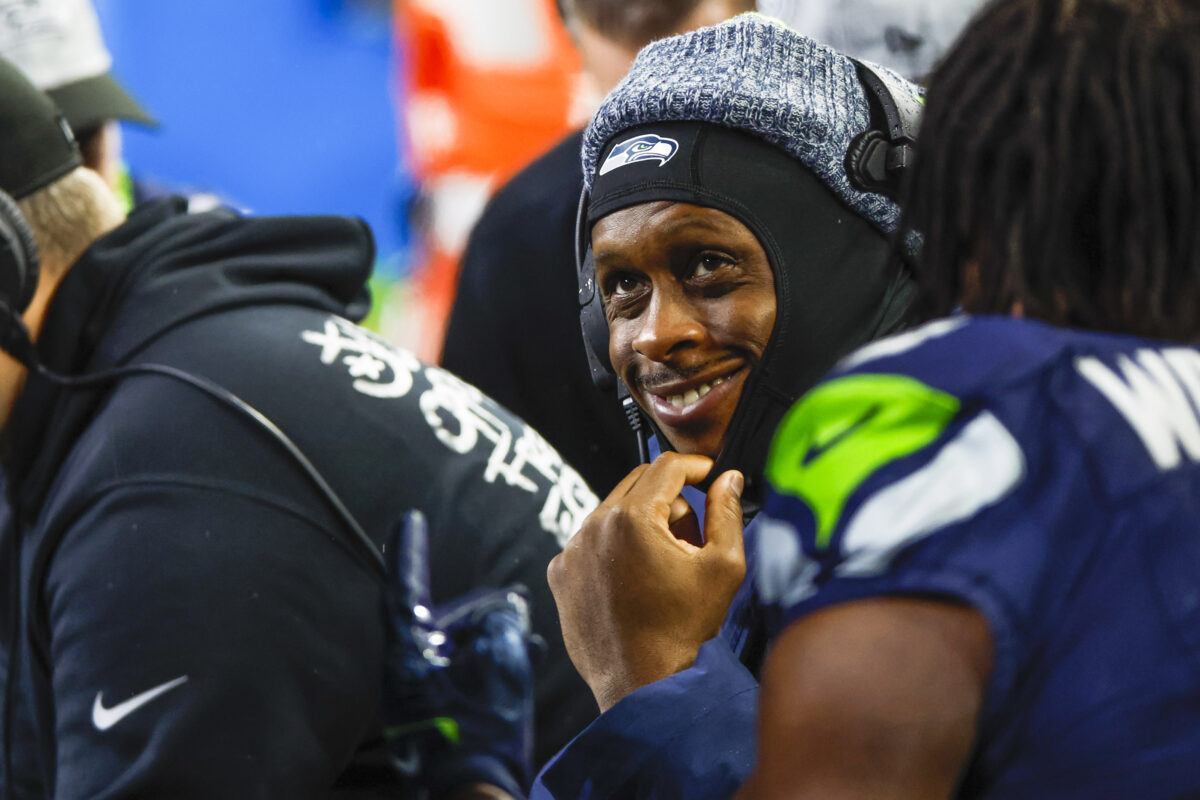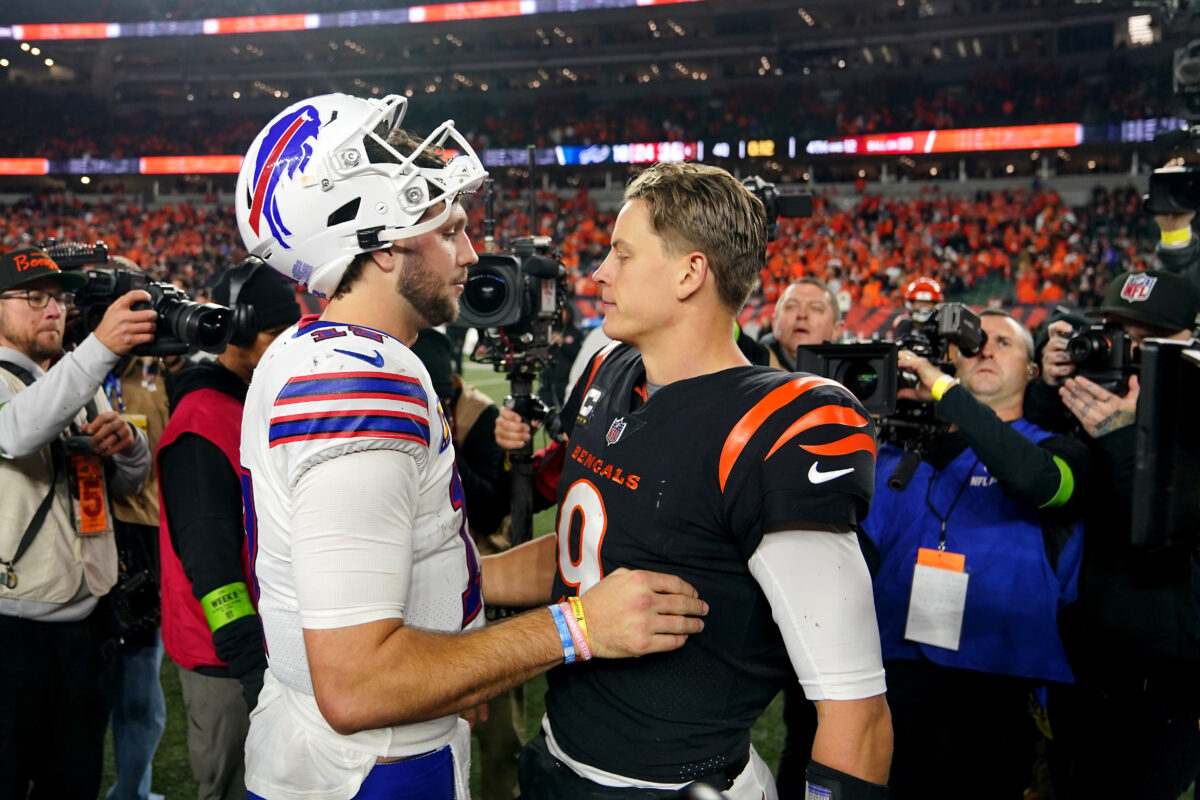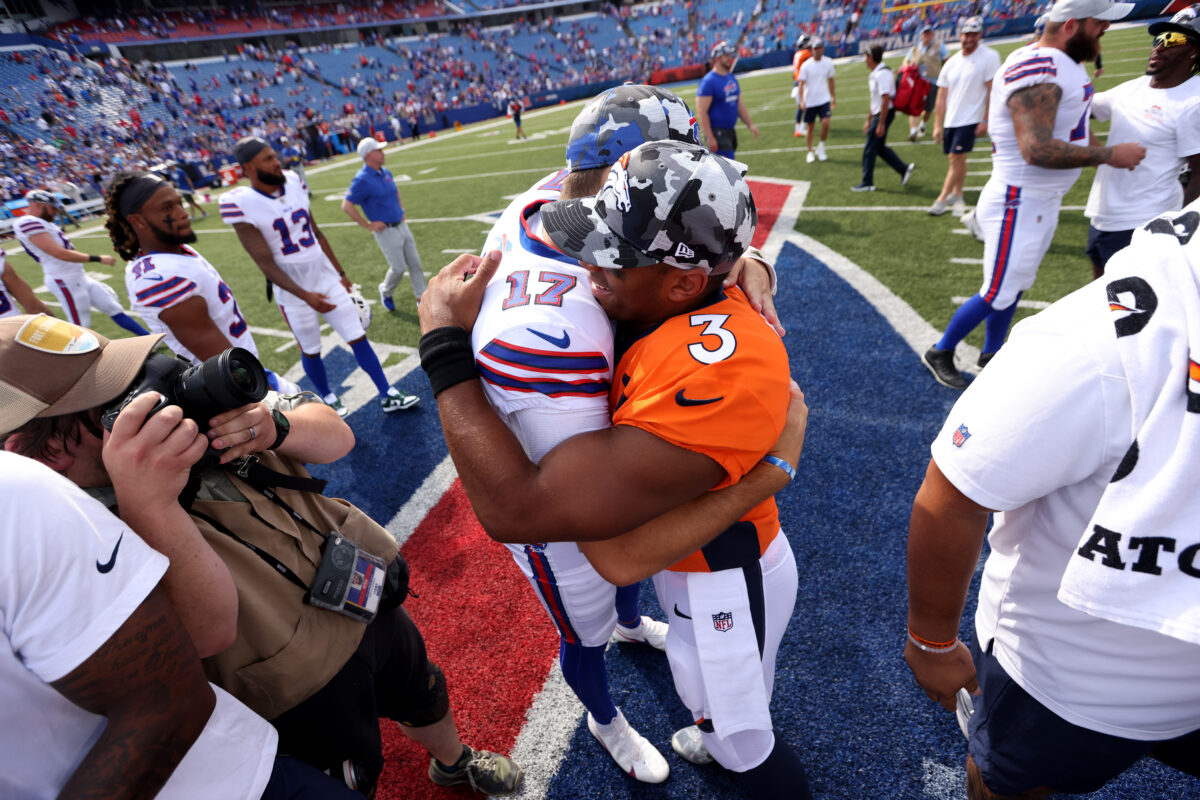A look at the premium position in Sundays matchup between the Dallas Cowboys and New England Patriots.
People love sports for different reasons. Sometimes, it’s the passion or the emotion associated with it. Families bond around Sunday afternoon victories (or wallow in the losses), and memories forge loyalty unlike anything else we experience. For me, I always liked football for its passion, but it was the mental aspect that made me fall in love.
The NFL is a 32-team chess match. This metaphor doesn’t just apply to the in-game strategy on Sundays, but the overarching philosophy a team chooses to deploy in roster construction and team-building as well. It means that the league is non-static, as each organization searches for the key that unlocks the next wave of success. That’s what makes this current season so interesting. Players like Patrick Mahomes, Lamar Jackson, Deshaun Watson, Dak Prescott and Russell Wilson are completely changing the landscape of what quarterbacks are capable of achieving. From a historical perspective, the current level of quarterback play is unprecedented.
At this point in time, there are several advanced metrics we can use to quantify the production of a team’s passing attack. I took seven of these metrics and made the effort to condense their information into two metrics. The rationale here is that we can combine information from the different stats to get an overall glimpse at player production (and two metrics fit into a graph more easily than seven). If you’re versed in statistics, this was done using principal component analysis, and the seven metrics used were:
- EPA per Dropback
- Success Rate (percentage of positive EPA plays)
- Average Depth of Target (ADOT)
- Sack Percentage
- Interception Rate
- Adjusted Net Yards per Attempt (from Pro-Football Reference)
- Completion Percentage Over Expectation (CPOE)
In doing this, a significant portion of the signal was condensed into the first two components. Here’s a graph of single-season QB performance dating back to 2009, filtered to show passers with at least 100 pass attempts on the season.

A little bit of information on how to interpret these composite scores.
The first component (X-Axis) is an overall indicator for passing performance. In essence, it rewards a player for the good stuff (EPA, CPOE) and docks them for the bad (sacks, interceptions).
The second component (Y-Axis) isn’t quite that simple.
Here, this isn’t so much an indicator of quality as it is style. In a way, this composite score is capturing the aggressiveness of a passer, as it scores higher for players with a higher ADOT and interception rate, but penalizes them for a high CPOE.
I’ve highlighted the quarterbacks for this week’s matchup.
In the upper-right corner we see Dak Prescott’s 2019 season. In terms of his first composite score, Prescott ranks third overall just behind Aaron Rodgers’ 2011 MVP campaign and Drew Brees’s 2018 MVP runner-up year (neither highlighted).
There are several other 2019 quarterbacks in the upper echelon of the first composite which would seem to suggest that teams are now better at leveraging a player’s skills for passing efficiency than they were in years past.
But encouragingly, Prescott is performing at this level while maintaining an aggressive approach, a positive indication for the explosive capabilities of the Dallas offense.
On the flip side, we find Tom Brady’s 2019 campaign just slightly above the overall average. As the face of the NFL and backbone of an epic dynasty, we’ve grown accustomed to Brady orchestrating the New England offense to fantastic efficiency, but the 2019 campaign has not reached those levels of expectation.
However, if we look at how this first composite score correlates from one year to the next, Brady is actually performing right about where we would expect, based on last year’s results.

Conversely, there’s been a common theme from many that they didn’t expect to see this caliber of progression from Prescott, and his first composite score would echo this sentiment as he’s performing well above what we’d predict given historical trends.
But if we revisit that first graph, we also see Brady scores relatively low on the second composite score.
If we take a look at his air yards distribution this season, it’s not hard to see why.

Brady is attempting passes of short length at a rate higher than the rest of the NFL, and as a result he’s attacking the deeper part of the field less frequently.
To be specific, 56% of Brady’s pass attempts have come within 5 yards of the line-of-scrimmage. The retirement of Rob Gronkowski and a revolving door of receivers have certainly played a factor here. Another way to see this is to compare the completion percentage density charts of Prescott and Brady.

We can see here the vast majority of Brady’s targets are around the line-of-scrimmage, and naturally he completes them at a high percentage. However, we also see that he hasn’t found great success targeting the perimeter, especially beyond 10 yards. When Brady has found success down the field, it’s most commonly been down the seam.
Prescott’s 2019 season seems all the more impressive in this chart, as there doesn’t appear to be an area of the field he can’t own. However, the chess game continues on Sunday, as Prescott faces his toughest challenge in grand-master Bill Belichick.
Here’s hoping the evolution of Prescott and the NFL continues.
[vertical-gallery id=634743][vertical-gallery id=634702][vertical-gallery id=633628][lawrence-newsletter]








